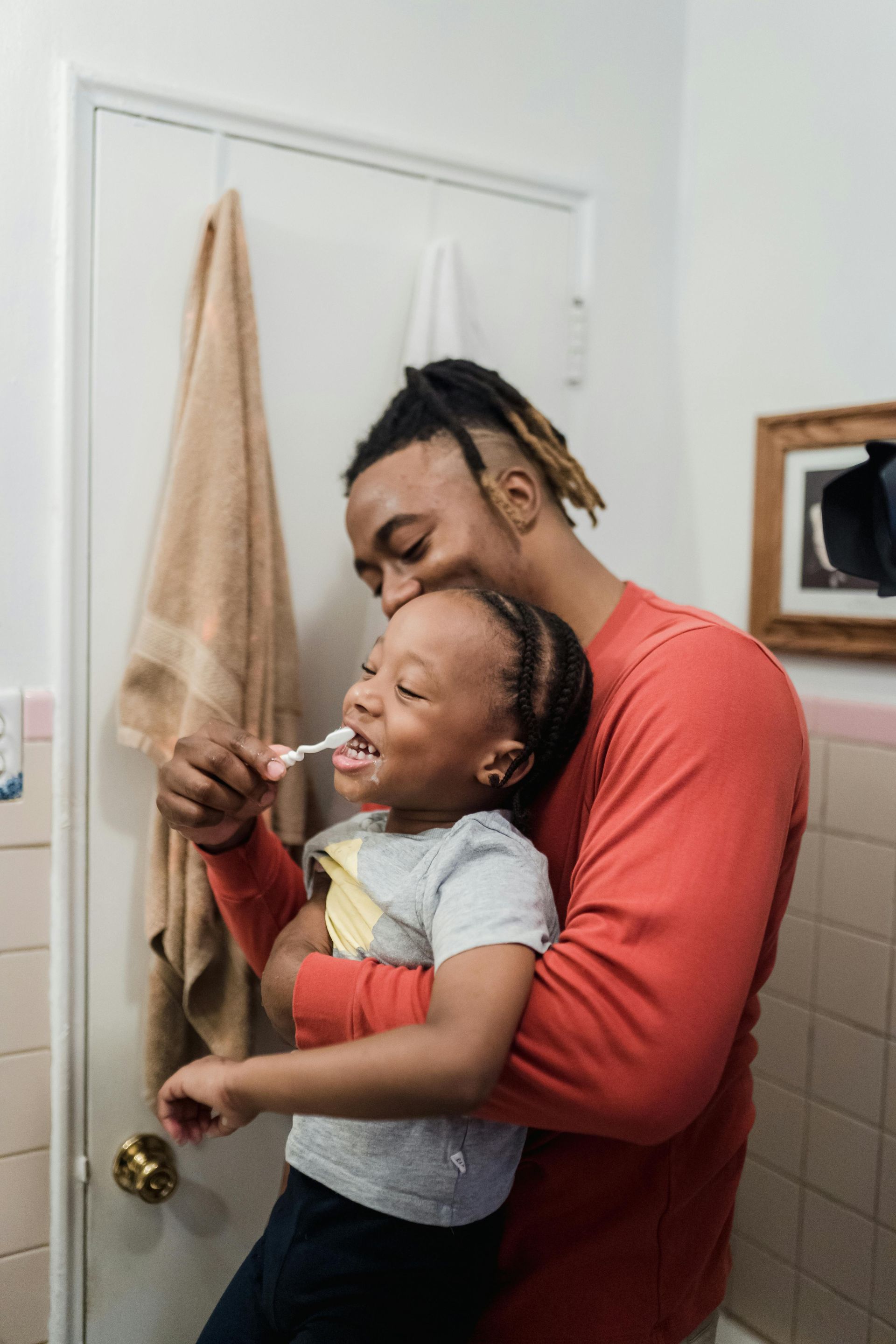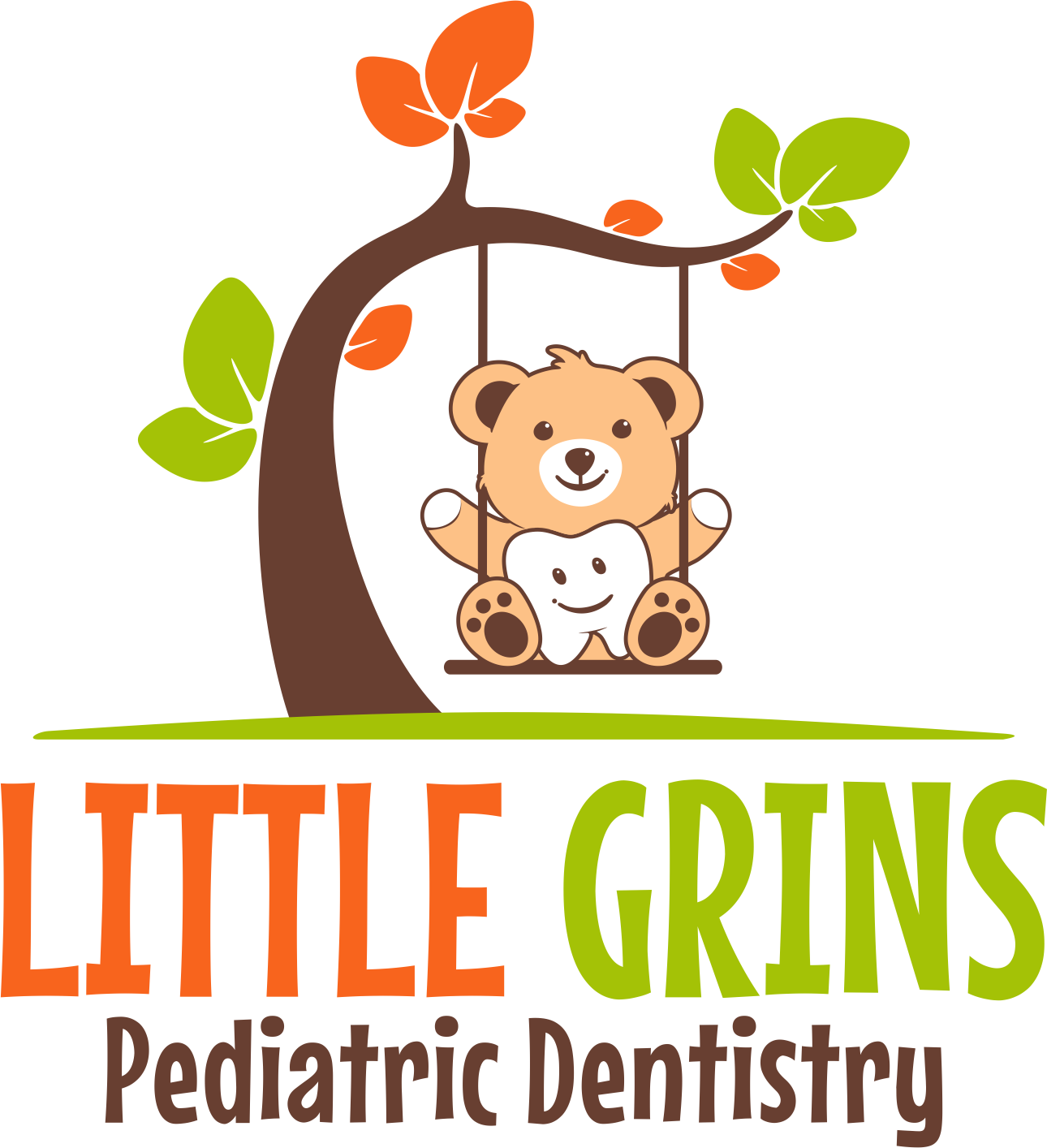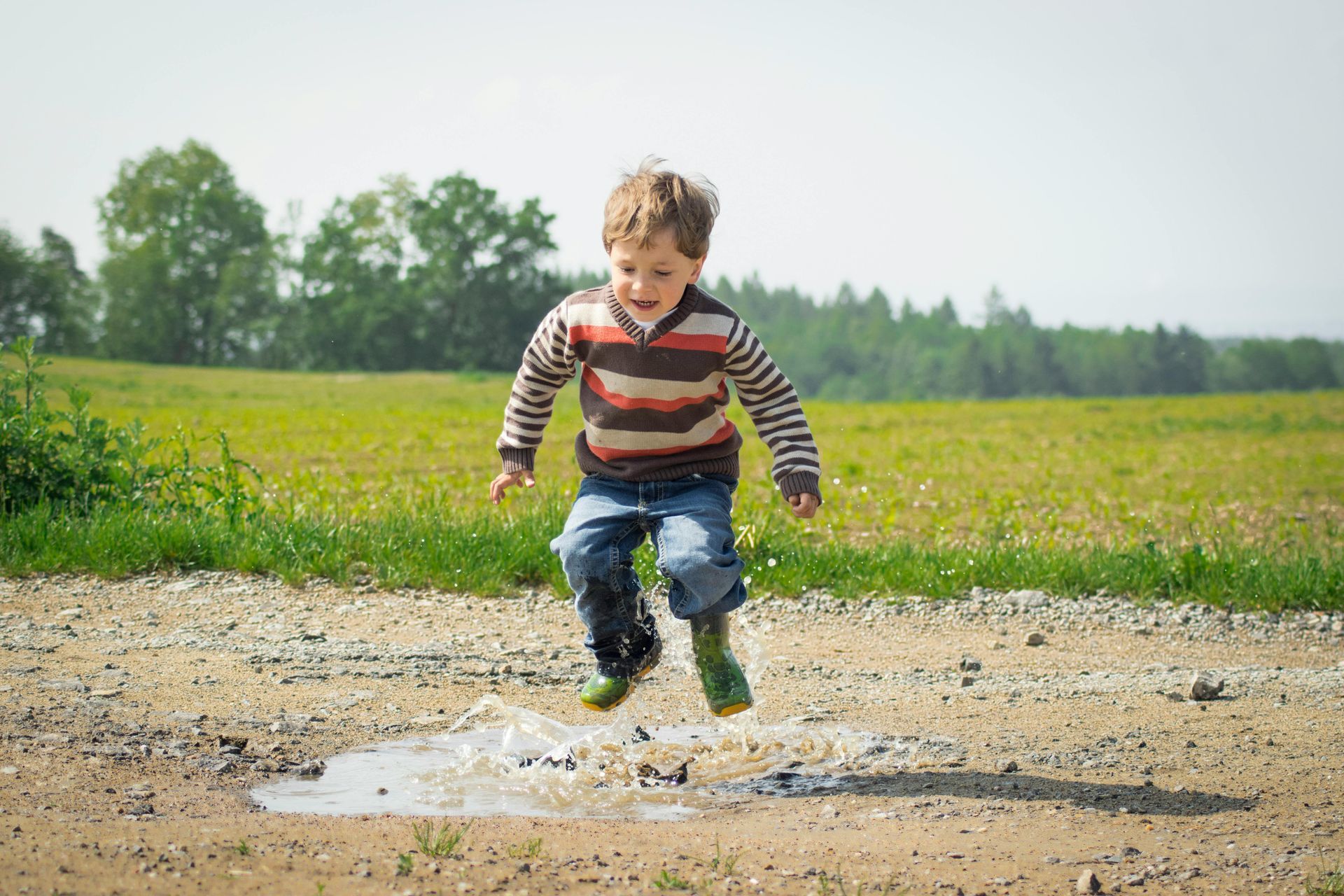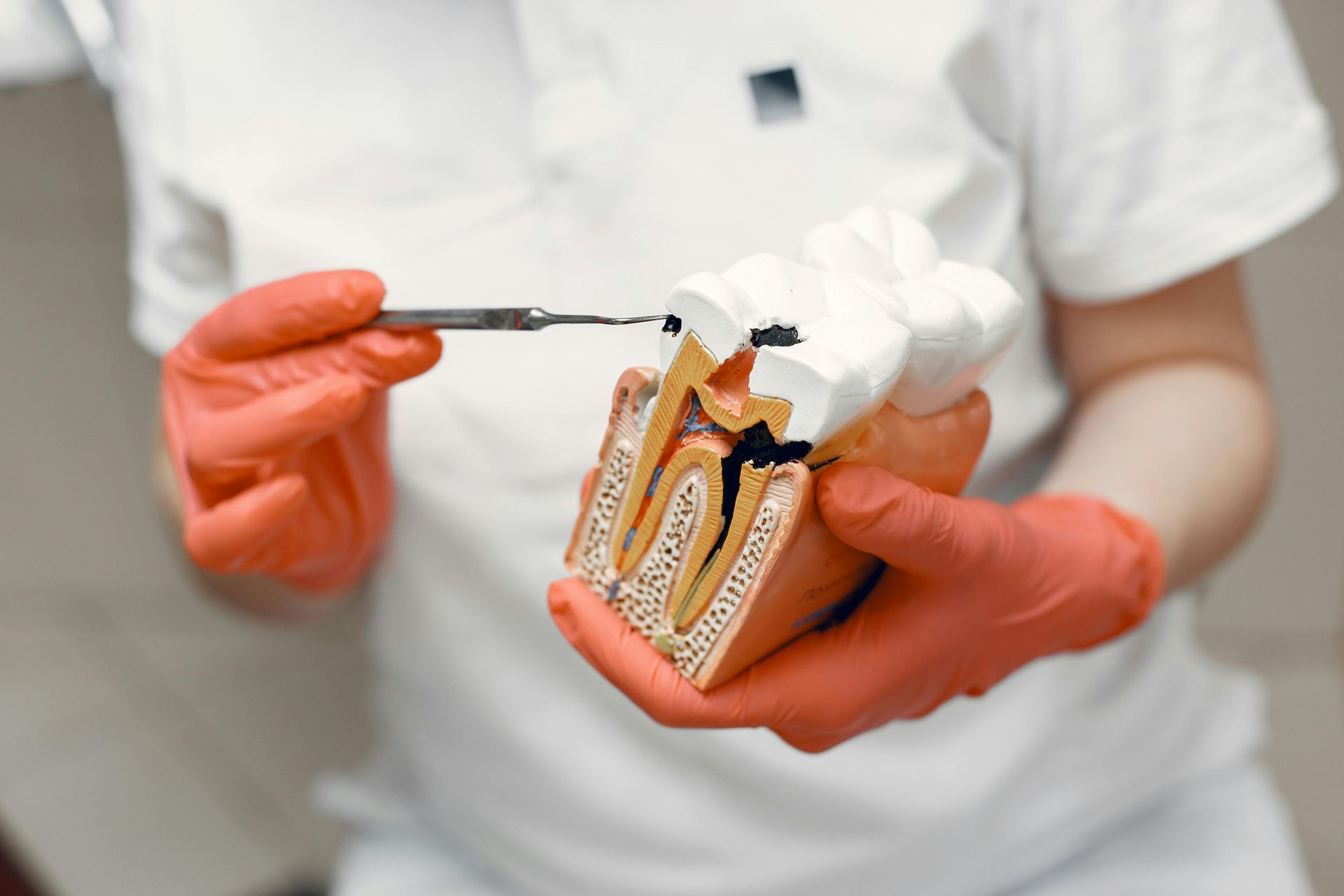Calm, Cozy, and in Control: A Parent’s Guide to Children’s Sedation Dentistry
Picture this: Your child is in the dental chair, relaxed, maybe even smiling — and the procedure hasn’t even started yet. No white-knuckled grip. No anxious tears. Just calm, confident care.
That’s not a fantasy. That’s the power of children’s sedation dentistry done the right way.
Whether it’s a simple cleaning or a more involved dental procedure, some kids need extra help getting comfortable. And that’s okay. Every child is different. Some are brave from the start, others need time — and for many, the idea of sitting still, keeping their mouth open, or hearing unfamiliar sounds can be understandably overwhelming.
At Little Grins Pediatric Dentistry in Glendora, CA, sedation dentistry isn’t about “knocking kids out.” It’s about creating a space where anxious kids feel safe, where sensitive children are supported, and where necessary dental care gets done — without fear, pain, or trauma.
Let’s walk through the different types of sedation available, when they’re used, and how they help children (and parents!) feel more at ease.
When Is Sedation Dentistry Right for Kids?
Let’s get something straight: Sedation dentistry doesn’t mean something’s “wrong” with your child. It simply means they need a little extra help feeling calm — and that’s completely normal.
Sedation may be recommended if your child:
- Has high dental anxiety or fear
- Is very young and can’t sit still for long
- Needs extensive dental treatment
- Has a strong gag reflex
- Has special needs or sensory processing challenges
- Had a traumatic past dental experience
In these situations, sedation isn’t about pushing a child through something scary — it’s about gently guiding them through it in a way that protects both their physical and emotional well-being.
And the best part? With the right sedation method, most kids don’t even remember the procedure. That means fewer negative associations, and better cooperation in the future.
The Three Types of Sedation Offered for Kids
At Little Grins Pediatric Dentistry, Dr. Hu and the team offer three levels of sedation, each tailored to different needs. Here's what they look like in everyday terms:
1. Nitrous Oxide (Laughing Gas) – Light Sedation
You’ve probably heard of this one — and for good reason. Nitrous oxide is the most common form of sedation for kids. It’s safe, fast-acting, and wears off quickly.
- Your child breathes it in through a small nose mask
- They remain awake and responsive, just more relaxed
- It can create a light, floaty, giggly feeling (hence the name!)
- Once the mask is removed, the effects wear off in minutes
Nitrous is great for kids with mild anxiety or for routine procedures like fillings or cleanings that might feel intimidating.
2. Oral Conscious Sedation – Moderate Sedation
For children who need a bit more relaxation, oral sedation involves giving them a prescribed liquid or pill before their appointment.
- It takes about 30–60 minutes to kick in
- Your child will feel drowsy, calm, and unfazed, but still awake
- They may feel sleepy or groggy after the visit
- Vital signs are monitored throughout
Oral sedation is often used when a child needs more involved dental work, or if nitrous alone isn’t quite enough.
3. IV Sedation / General Anesthesia – Deep Sedation
Reserved for more complex procedures or children with severe anxiety or special healthcare needs, this level of sedation ensures your child is completely asleep and unaware of the procedure.
- Administered by a licensed anesthesiologist
- Constant monitoring of heart rate, oxygen, and other vital signs
- Allows for multiple treatments in one visit
- Your child will wake up with no memory of the procedure
This is often the best choice when your child needs extensive dental work but isn’t able to tolerate it while awake — especially if cooperation or movement might be a safety concern.
Safety Comes First (and Second, and Third)
Understandably, many parents worry about sedation — especially when it involves putting their child to sleep. That concern is natural, and it’s exactly why Little Grins Pediatric Dentistry follows the strictest safety protocols.
Here’s how we make sure sedation is as safe as possible:
- All forms of sedation are administered by trained professionals
- Your child’s vital signs are monitored from start to finish
- We do a full health evaluation and review their medical history beforehand
- Clear pre- and post-sedation instructions are given to families
The American Academy of Pediatric Dentistry (AAPD) and the American Society of Anesthesiologists both support sedation as a safe, effective option — when performed by trained providers in a properly equipped setting.
Bottom line? Sedation isn’t something we take lightly — but it’s also not something to fear. With the right precautions and expertise, it’s a safe way to help kids feel calm, secure, and pain-free.
Benefits of Children’s Sedation Dentistry
Let’s talk about what families actually experience when sedation is part of the care plan.
According to the AAPD and studies published in the International Journal of Pediatric Dentistry, sedation in pediatric dentistry offers significant benefits:
- Reduced anxiety and fear during treatment
- Fewer appointments needed (since more work can be done at once)
- Better cooperation during care
- More comfortable experience overall
- Fewer negative memories of the dentist
For kids with special needs, sedation also allows the dentist to perform a thorough exam or treatment without causing distress — making it a compassionate and empowering tool.
For you as a parent, it’s a huge relief. You can focus on supporting your child emotionally, without the pressure of coaxing them through something they’re not ready for.
What to Expect Before and After Sedation
If your child is scheduled for sedation, here’s what you can expect:
Before the Appointment:
- You’ll receive detailed instructions about food, drink, and medications
- Dress your child in comfy clothes and bring a favorite toy or blanket
- Plan to stay with them the whole time (and the rest of the day, if needed)
During the Procedure:
- You’ll be updated throughout the appointment
- Your child’s safety will be monitored closely from start to finish
- You’ll be nearby if needed — or relaxing in the waiting area
After the Visit:
- Most children are a bit sleepy, wobbly, or cranky after deeper sedation
- Plan a quiet day at home with rest, fluids, and soft foods
- Within 24 hours, they’re usually back to their energetic self
Our team will walk you through every step, answer all your questions, and be just a phone call away if anything seems off after the appointment.
Compassion in Every Breath, Drop, and Dream
Sedation dentistry isn’t just about medication. It’s about meeting your child where they are — emotionally, physically, and developmentally — and guiding them through dental care with empathy and patience.
It’s about helping anxious children feel safe enough to open their mouths. About giving neurodivergent kids the space to receive care without overwhelm. About protecting a child’s emotional wellbeing while preserving their physical health.
And at Little Grins Pediatric Dentistry, that’s what we do every day.
Need help making your child’s next dental visit smooth, stress-free, and positive?
Call Little Grins Pediatric Dentistry at 626-788-3308 or visit our office at 120 N Grand Ave, Glendora, CA to learn how sedation options can support your child’s care and comfort.
Book your appointment today and give your child the gentle dental experience they deserve.







